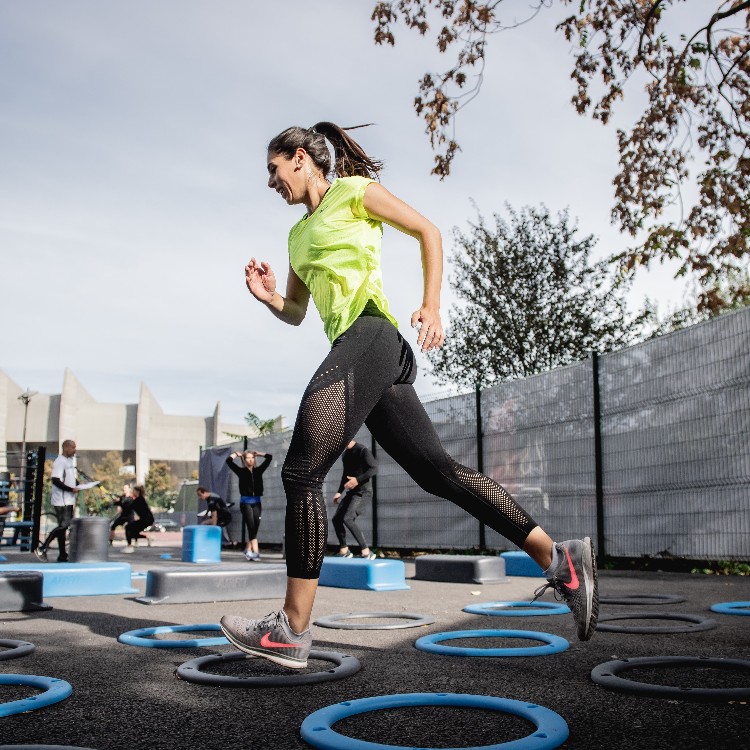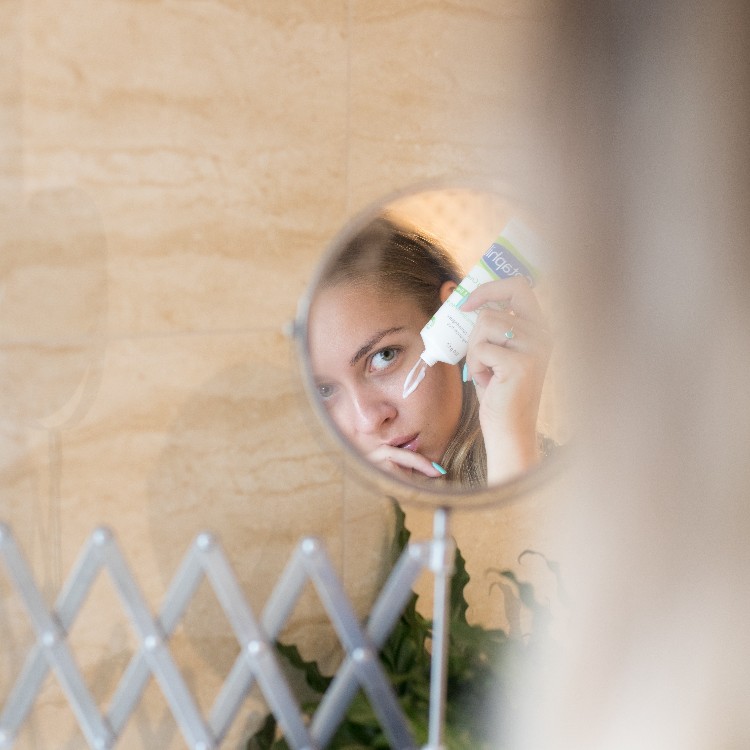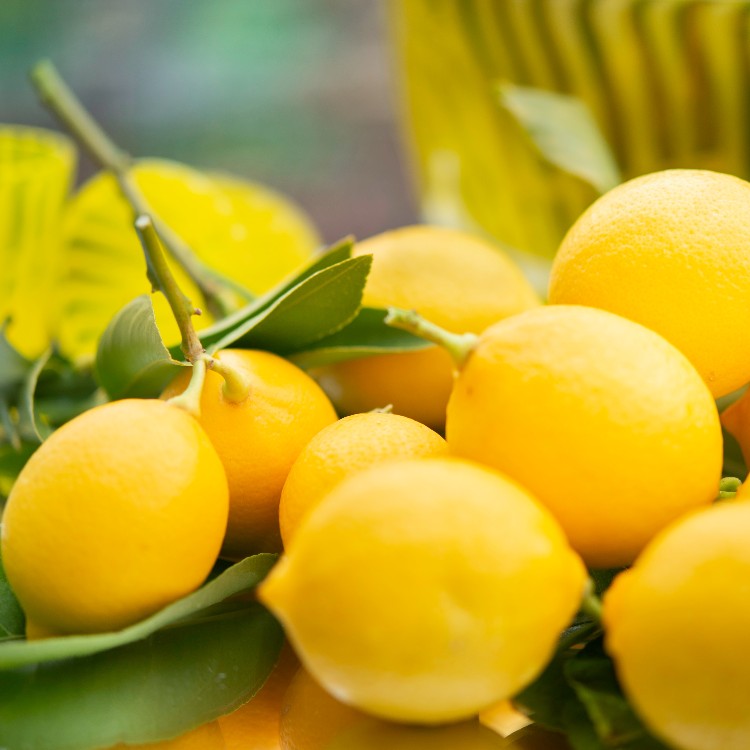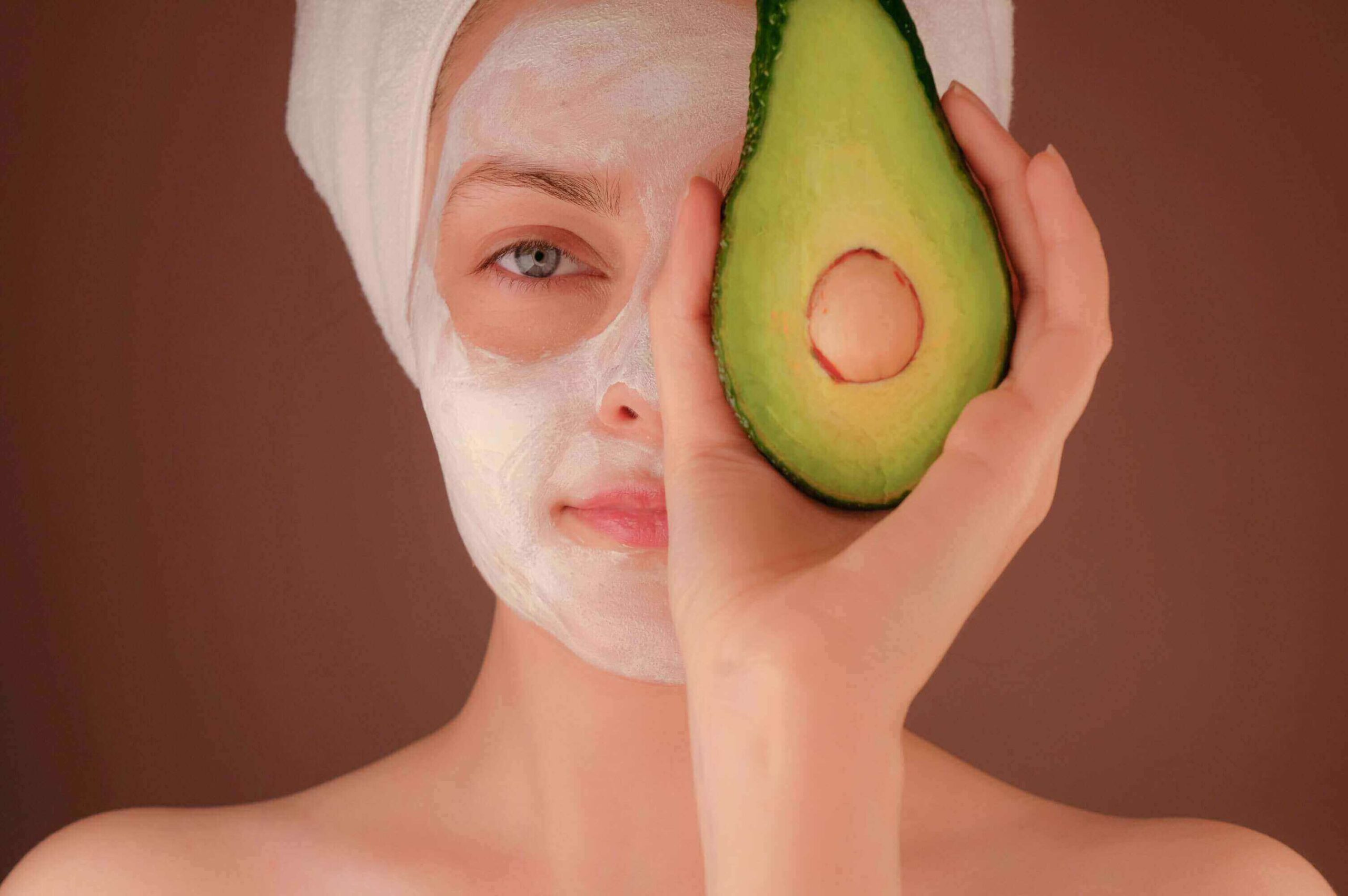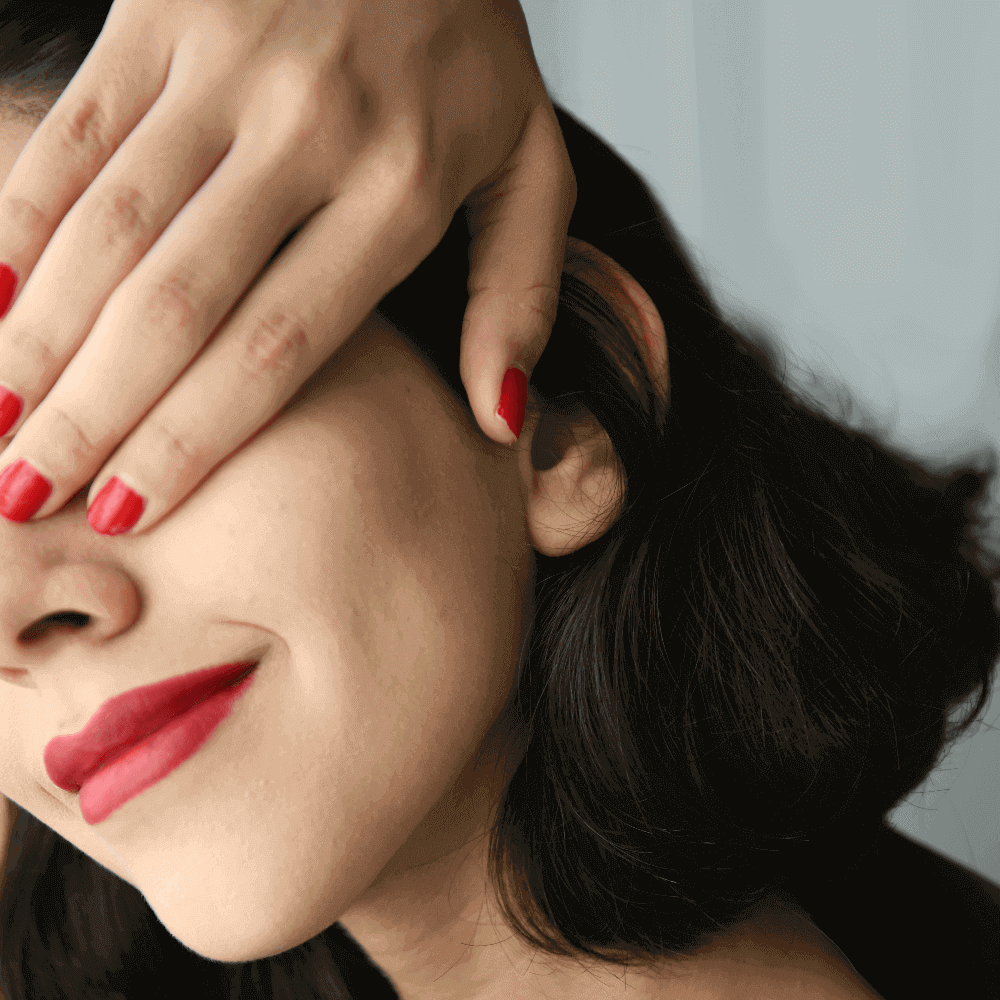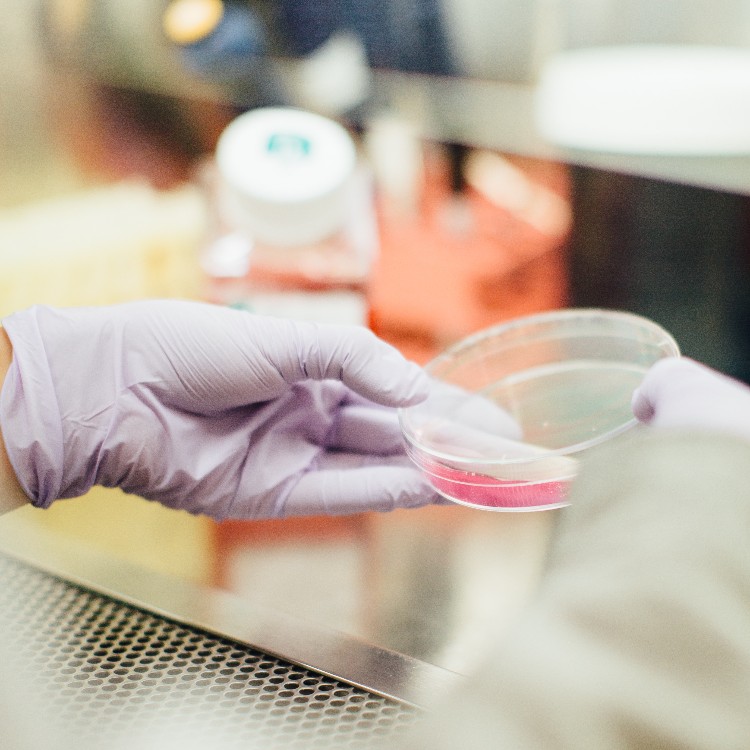Insulin resistance is an impaired biological response of the body to normal insulin concentrations that causes elevated levels of glucose in the blood. As a result, people with this condition struggle to keep their weight under control. Losing weight with insulin resistance is even more challenging. However, it is not impossible. Stay with us until the end of this guide and find out what is the fastest way to lose weight with insulin resistance.
What Is Insulin, and How Does It Work?
The pancreas produces insulin, the most important hormone for optimal metabolic health. This hormone regulates blood sugar levels, thereby influencing metabolism and weight. Its activity influences a wide range of physiological processes.
When you eat, your digestive system breaks down the food into glucose, a simple form of sugar. This glucose enters the bloodstream and causes a rise in blood sugar levels. In response, the pancreas releases insulin. This hormone acts as a key that unlocks your cells, enabling them to take in glucose from the blood. Cells use glucose as their primary source of energy. Simultaneously, insulin helps store excess glucose by converting it into glycogen, a form of glucose stored in the liver and muscles. If these glycogen stores are full, any surplus glucose is transformed into fat for long-term storage.
Insulin’s involvement in fat storage is very important. When you consume foods high in refined carbohydrates, your body frequently releases insulin to manage the resulting blood sugar spikes. This frequent insulin release leads to increased fat storage and makes weight loss more challenging.
How Does Insulin Resistance Occur?
Insulin resistance is a metabolic condition that develops when the body’s cells become less responsive to the effects of insulin. This reduced sensitivity to insulin leads to a decreased ability to regulate blood sugar levels, and it can have far-reaching effects on overall health. The development of this condition is a complex process with several causes. A combination of factors contribute to insulin resistance, including obesity, genetics, polycystic ovary syndrome (PCOS), diet, physical inactivity, chronic stress, and inadequate sleep. This condition can have very serious health consequences, such as type 2 diabetes, cardiovascular diseases, and other metabolic disorders.
The Connection Between Insulin and Weight Gain
The link between insulin resistance and weight gain lies in how cells respond to insulin and glucose. It differs significantly between healthy individuals and those with insulin resistance. For individuals with normal insulin sensitivity, the process is simple. When you consume carbohydrates, your digestive system breaks them down into glucose, which enters the bloodstream, causing a rise in blood sugar levels. In response, the pancreas secretes insulin, which enables cells to take in glucose for energy or storage.
However, for those with insulin resistance, there is a crucial distinction. Over time, their cells become less responsive to insulin signals. As a result, the pancreas secretes more insulin to compensate for this reduced sensitivity. This elevated insulin level further promotes fat storage, particularly around the abdomen, and leads to weight gain.
Additionally, this condition causes an imbalance in blood sugar regulation. While glucose struggles to enter resistant cells, blood sugar levels remain high. Consequently, the body releases even more insulin to manage excess glucose. This vicious cycle fuels weight gain and complicates the process of weight loss.
Fastest Way to Lose Weight With Insulin Resistance
If you have insulin resistance, there are many changes you can make in order to control this condition. Among all of them, exercise is considered the fastest way to lose weight with insulin resistance. Here are some effective strategies you can consider:
1. Start Exercising
As a hormetic stressor, exercise is often regarded as one of the most effective and fastest ways to manage and lose weight with insulin resistance. This is because exercise directly addresses the two primary issues associated with this condition: insulin sensitivity and metabolism.
Exercise has the unique ability to make cells more receptive to insulin, which is especially important for those with insulin resistance. When you engage in physical activity, your muscles need more energy, and they become more efficient at using glucose. This reduces the demand for high levels of insulin, which, in turn, helps to lower insulin resistance over time.
Other than that, exercise burns calories and stimulates metabolism, which leads to weight reduction. Losing weight (especially around the abdomen) can significantly improve this condition. The best types of physical activity for those with insulin resistance are a combination of aerobic exercise and strength training.
Activities such as brisk walking, jogging, cycling, swimming, and dancing are excellent choices. They help burn calories, improve cardiovascular health, and enhance insulin sensitivity. On the other side, strength training exercises, like weightlifting or bodyweight exercises, help build lean muscle mass. Muscle tissue is more metabolically active, which means it burns more calories at rest. This contributes to weight loss and improves insulin sensitivity.
As with all lifestyle changes, consistency is key. It’s recommended to aim for at least two aerobic exercises per week, along with two strength training sessions. However, it’s essential to consult with your physician before starting any exercise regimen, especially if you have other associated conditions. They can provide tailored recommendations and ensure your exercise program is safe and effective for your individual needs.
2. Make a Diet Plan
Along with exercise, having a proper diet plan is one of the fastest ways to lose weight with insulin resistance. So, what diet is recommended for people with insulin resistance? Due to the difficulty of controlling blood sugar, the most important thing is to eliminate simple sugars from the diet. So, forget about sweets, bakery goods, juices, and snacks. In addition to simple sugars, eliminate starch, that is, foods such as potatoes, white rice, cereals, bread, and sweet potatoes. Carbohydrates and insulin resistance just don’t go together!
Wondering what the appropriate food is for this condition? The best way to stabilize blood sugar through food is to eat complete proteins (proteins that contain all amino acids) and healthy fats (a proper ratio of omega 3 and omega 6 fatty acids). These include foods such as white meat, eggs, seafood, cheese, avocados, nuts, butter, coconut oil, nut and seed oils, leafy green vegetables, mushrooms, peppers, zucchini, cucumber, etc. How you prepare food is very important. Try to always eat healthy fats (pork fat, butter, olive oil, and coconut oil), and reduce the use of ordinary sunflower oil to a minimum or eliminate it completely. Forget about deep-frying, frying, and similar food preparation methods.
3. Monitor Glucose Levels
For people who have insulin resistance, monitoring blood glucose levels is a useful strategy to facilitate weight loss and improve metabolic health. By regularly monitoring your glucose levels, you gain a better understanding of how various foods and activities impact your blood sugar. This information can help you make informed dietary choices and create an appropriate eating plan. Maintaining steady blood sugar levels can reduce food cravings, improve satiety, and prevent overeating.
4. Control Stress Levels
Managing stress is essential for losing weight with insulin resistance. Stress triggers cortisol production, increases blood sugar levels, and deteriorates insulin resistance. Chronic stress often leads to overeating, particularly unhealthy, high-calorie foods, which contribute to weight gain. Reducing stress through relaxation techniques and exercise can stabilize blood sugar, improve insulin sensitivity, and facilitate weight control.
5. Get Enough Sleep and Break Unhealthy Habits
Sufficient sleep is of vital importance for weight control with insulin resistance. Inadequate sleep disrupts hormones that regulate appetite, ghrelin, and leptin. That increases the risk of overeating and weight gain. Harmful habits such as smoking and excessive alcohol consumption can worsen this condition and complicate weight loss. If you want to lose weight with insulin resistance, prioritize quality sleep and eliminate harmful habits.
The Bottom Line
Insulin resistance can lead to serious complications, which makes it important to address the problem at the earliest opportunity. The first line of defense is changing lifestyle habits through regular exercise and a healthy diet. This complex condition can be put under control and even reversed, so it is essential to react in time. By putting it under control, you can achieve the desired weight loss.
FAQ
Is it harder to lose weight with insulin resistance?
Weight loss is generally harder for people with insulin resistance. In this condition, cells become less responsive to the effects of insulin, which leads to elevated insulin levels. High insulin levels are associated with increased fat storage. Other than that, insulin resistance disrupts blood sugar regulation. That makes individuals more prone to overeating and experiencing strong cravings for sugar and unhealthy foods.
Which exercise is best for insulin resistance?
A combination of aerobic exercises and resistance training is considered the best approach for people with insulin resistance. Cardio exercises like brisk walking, jogging, cycling, and swimming burn calories, improve cardiovascular health, and enhance insulin sensitivity. Strength training is also important because it helps build muscle mass, which helps the body burn more calories. The best way to lose weight with insulin resistance and improve blood sugar regulation is to combine cardio and strength training.
Are eggs good for insulin resistance?
Yes, eggs are a great choice for people who have insulin resistance. They are rich in high-quality protein, healthy fats, vitamins D, E, B6, iron, magnesium, sodium, and potassium. Most importantly, eggs are low in carbohydrates. That is vital for controlling blood sugar levels.
